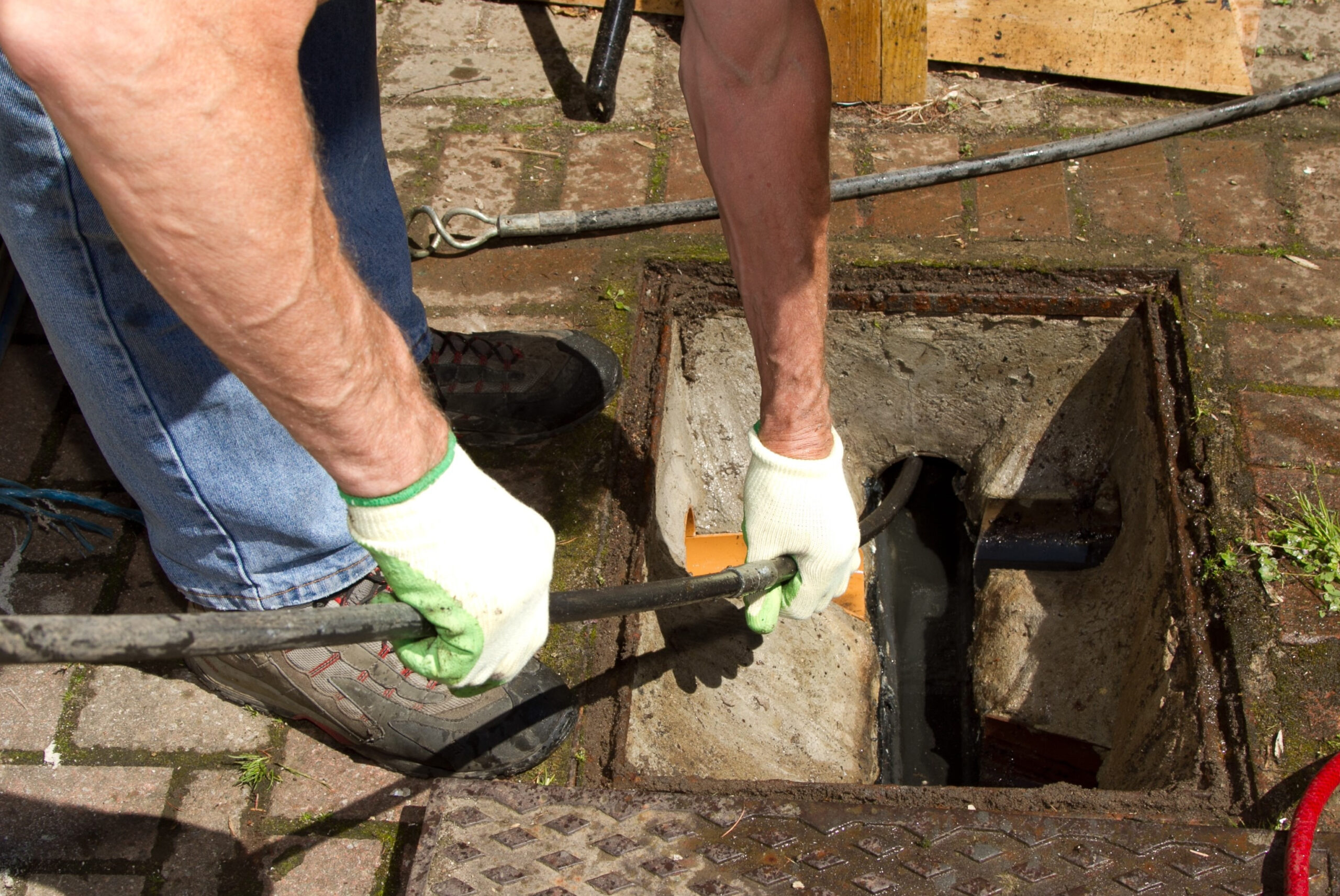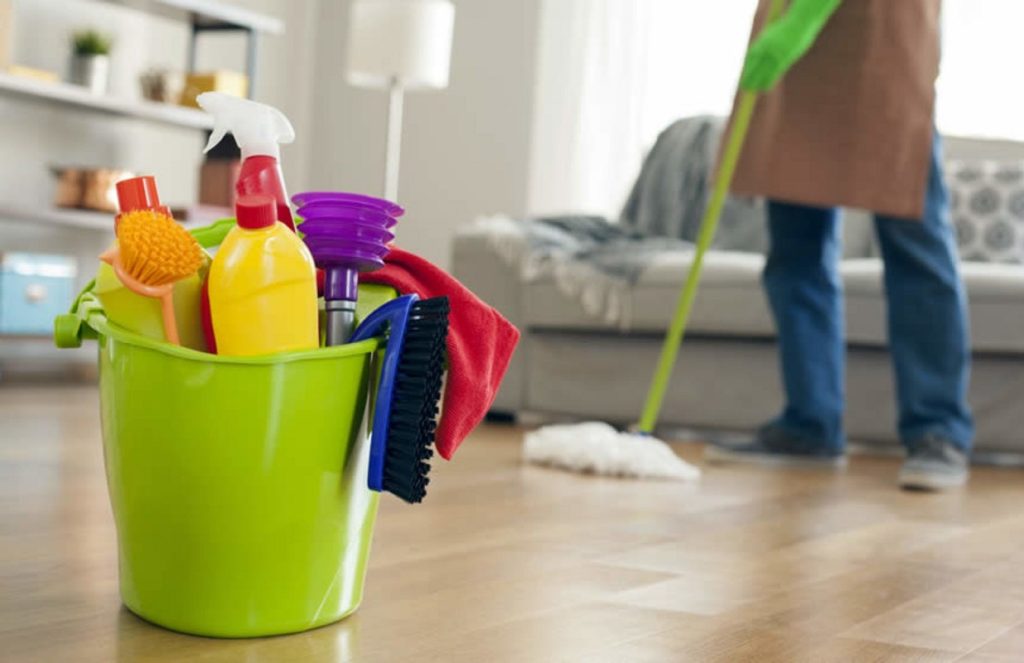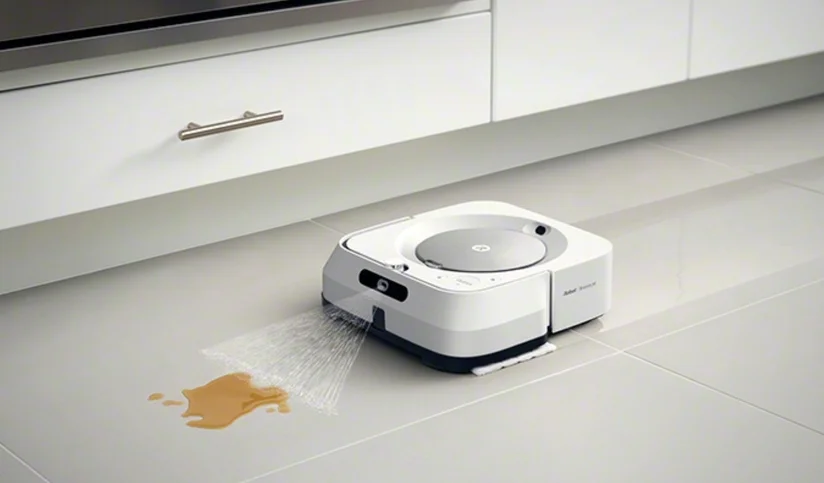Maintaining a healthy drainage system might not be at the forefront of homeowners’ minds, but neglecting blocked drains can have severe financial repercussions. In this article, we delve into the often overlooked aspects of drain maintenance and how the costs associated with blocked drains can significantly impact your budget. We have also tried to cover the recent trends of Molesey drainage or nearby areas to bring more awareness around this topic.
Common Causes of Blocked Drains
Blocked drains are a common household nuisance that can lead to inconvenience, property damage, and unexpected expenses. Understanding the common causes of blocked drains is crucial for effective prevention. Here, we delve into some prevalent culprits responsible for obstructed Drainage systems.
Hair Accumulation:
One of the primary causes of blocked drains is the accumulation of hair. In bathroom drains, hair easily combines with soap scum and other debris, forming stubborn clogs. Over time, this can impede water flow, leading to slow drainage or complete blockage.
Grease and Fat Buildup:
In kitchen sinks, the improper disposal of grease and fat is a leading cause of blocked drains. When these substances are poured down the drain, they may solidify as they cool, coating the inner pipe walls and restricting the passage of water.
Foreign Objects
Small objects, such as toiletries, dental floss, or children’s toys, can inadvertently find their way into drains and cause blockages. These items may accumulate over time, creating obstructions that impede water flow.
Food Debris
In kitchen drains, the disposal of food debris can contribute to blockages. Items like coffee grounds, rice, and starchy foods can swell when in contact with water, forming clumps that obstruct the pipes.
Tree Roots
Outdoor drains, particularly those connected to main sewer lines, are susceptible to invasion by tree roots. As trees seek water sources, their roots can penetrate drainpipes, causing blockages and structural damage over time.
Soap Scum
Soap scum is a byproduct of soap mixing with minerals in hard water. Over time, it can accumulate on the walls of pipes, contributing to blockages in bathroom drains.
Buildup of Debris
Leaves, twigs, and other outdoor debris can enter gutters and drains, especially during the fall season. If not regularly cleared, this buildup can impede the flow of water and lead to blockages.
Collapsed or Damaged Pipes
Pipes can deteriorate due to age, corrosion, or external factors. Collapsed or damaged pipes can create bottlenecks in the drainage system, causing water to pool and leading to blockages.
Understanding these common causes of blocked drains empowers homeowners to take proactive measures in preventing clogs. Regular maintenance, proper disposal practices, and seeking professional assistance when needed are key to ensuring a smooth and unobstructed flow within the Drainage system.
Implications of neglecting blocked drains
Emergency Drain Services Costs
When a drainage emergency strikes, the financial toll can be staggering. Emergency Drainage services come at a premium, with additional fees for after-hours or weekend calls. Real-life scenarios underscore the urgency and expense of addressing blocked drains promptly.
Property Damage
Blocked drains can wreak havoc on your property, leading to water damage on walls, ceilings, and floors. Repairing such damage comes with a hefty price tag, not to mention the potential loss of personal belongings. Understanding the financial implications of property damage emphasizes the importance of proactive drain care.
Health Hazards
Beyond property damage, neglected blocked drains pose health risks such as mold and mildew growth. The financial impact of remediation efforts and potential healthcare costs should not be underestimated. Prioritizing drain maintenance becomes not only a financial decision but also a crucial aspect of ensuring a healthy living environment.
Repair vs. Prevention Costs :
Comparing the costs of reactive drain repair with preventive maintenance reveals a stark contrast. While addressing blocked drains after the fact can be expensive, investing in regular maintenance proves to be a cost-effective strategy in the long run. The article highlights the financial benefits of staying ahead of potential drainage issues.
Insurance Considerations:
Understanding how blocked drains might affect home insurance coverage is essential. Examining the nuances of coverage for specific damages and their potential impact on insurance premiums provides valuable insights into the overall financial landscape.
Water Bills:
Blocked drains can lead to increased water bills, impacting both the environment and your wallet. Statistics and case studies illuminate the direct correlation between water consumption, costs, and the importance of addressing drainage issues promptly.
Landscaping Costs The outdoor spaces around your home are not immune to the effects of blocked drains. Detailing potential damage to landscaping and discussing the costs associated with restoration underscores the holistic financial impact of neglected drainage systems.
Business Disruptions :
In commercial settings, blocked drains can lead to business disruptions, translating into financial losses. Addressing closures for repairs and potential damage to inventory reinforces the critical need for proactive drainage solutions in both residential and business environments.
DIY vs. Professional Costs:
The article explores the costs associated with attempting DIY solutions versus hiring professional plumbers. Discussing the risks of exacerbating the problem and the potential for increased costs if not properly addressed encourages readers to make informed decisions regarding their drainage maintenance.
Sustainable Drainage Solutions :
Introducing the concept of sustainable drainage solutions highlights how eco-friendly practices can prevent blockages and contribute to long-term cost savings. Encouraging readers to consider environmentally conscious approaches to drain maintenance adds a forward-thinking dimension to the discussion.
Conclusion :
Proactive maintenance plays a pivotal role in alleviating the financial burden associated with Drainage issues, particularly blocked drains. By investing time and resources in preventive measures, homeowners can significantly reduce the risk of costly repairs and the potential damage that arises from neglected drainage systems. Regular inspections and cleaning not only help in identifying and addressing minor blockages before they escalate but also contribute to the overall longevity of the Drainage infrastructure. The modest cost of routine maintenance, such as using drain screens, disposing of grease properly, and scheduling professional inspections, is dwarfed by the potential expenses incurred when a blocked drain leads to emergency Drainage services, property damage, or health hazards. Embracing a proactive mindset towards drain care is not just a prudent financial decision; it is a strategic investment in the uninterrupted functionality of the home’s Drainage, ensuring a smoother flow of water and a lighter load on the household budget in the long run.
In conclusion, the financial implications of neglecting blocked drains are vast and often underestimated. So next time when you experience blocked drains molesey or nearby regions, we hope this article will serve as a comprehensive guide to understanding the multifaceted costs associated with drainage issues. Emphasizing the importance of proactive drain maintenance, both for immediate financial well-being and long-term cost savings, is crucial. By investing in a healthy drainage system, homeowners and businesses alike can safeguard their budgets from the often overlooked but significant impact of blocked drains.











